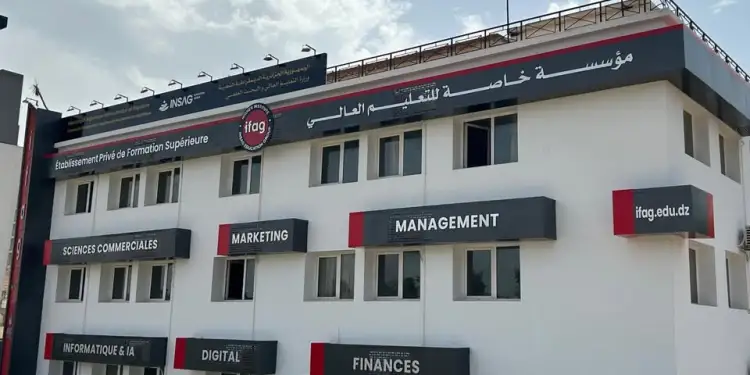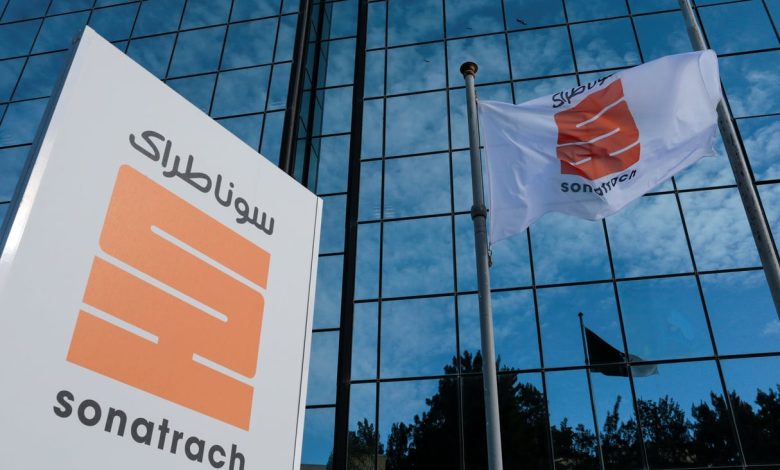| Discover Algeria | About us | Press area | Contact | ||||||||
|
-
Legal INVEST
Les derniers textes juridiques
View more
Les interviews By AlgeriaInvest
-
last interview New
-
All interviews
Last Interview
Newsletter
Subscribe to the economic newsletter
- Business Environment
- Agence Algérienne de promotion de l'inve...
- Fond National de l’Investissement "FNI"
- Conseil National de l’Investissement "CN...
- Direction Générale de la Promotion de l’...
- Directions de l’Industrie et des Mines d...
- Agence Nationale d’Intermédiation et de...
- Haute commission nationale des recours l...
- Business Opportunities
NEW OPPORTUNITIES
- News
NEW NEWS
- Our Services
-
October 15, 2024 | 1 year ago
Sharing
Aseismic Regulations 2024: Reinforced preventive measures
On October 10, 1980, Algeria suffered a devastating earthquake in El Asnam (Chlef). With a magnitude of 7.3, it caused over 5,000 casualties and considerable material damage, marking a decisive turning point in the evolution of the country's earthquake-resistant regulations.

In an interview on Channel 3, Toufik Belaid, Dean of the Faculty of Civil Engineering at the University of Science and Technology, explained the updates to the Règlement Parasismique Algérien (RPA) (Algerian Aseismic Regulations), adopted in September 2024.
He pointed out that several revisions had been carried out following the El Asnam earthquake, especially Boumerdès in 2003 and Béjaïa in 2021-2022.
This latest update was also inspired by international experiences, such as those of Chile in 2010 and Syria in 2023, to integrate best practices in natural disaster prevention.
The 2024 RPA, developed by a specialised technical group (GTS), introduces significant changes. According to Mr Belaid, this revision has made it possible to rethink the design of infrastructure, moving from an approach based on the resistance of structures to one based on their ability to absorb seismic forces.
This involves non-linear calculations and the "push over" method, which allows a better assessment of the performance of buildings in the event of an earthquake. Regulatory requirements have been significantly tightened.
Engineers and design offices must now perform in-depth analyses using advanced digital tools.
In addition, the role of the Contrôle Technique des Constructions (CTC) has been expanded, making rigorous controls mandatory for all constructions, including individual ones, a non-previously-in-force essential measure. Mr Belaid also emphasized the importance of ongoing training for engineers, notably at the Bab Ezzouar University of Science and Technology, which offers updated curricula to adapt to the new requirements of RPA 2024.
This will ensure that future engineers are well-prepared to face the challenges associated with seismic risks. Raising awareness among construction stakeholders and the general public is essential.
According to Mr Belaid, it is important to instil a culture of seismic design from an early age.
While the efforts of local authorities are commendable, they need to be complemented by increased awareness, particularly in schools.
The progress made since the El Asnam earthquake demonstrates a strong commitment to seismic safety in Algeria.
However, rigorous application of the 2024 RPA and increased public awareness remain essential.
Faced with a persistent seismic risk, Algeria must continue its efforts to protect its infrastructure and ensure the safety of its population.
Sharing
Popular Articles






















